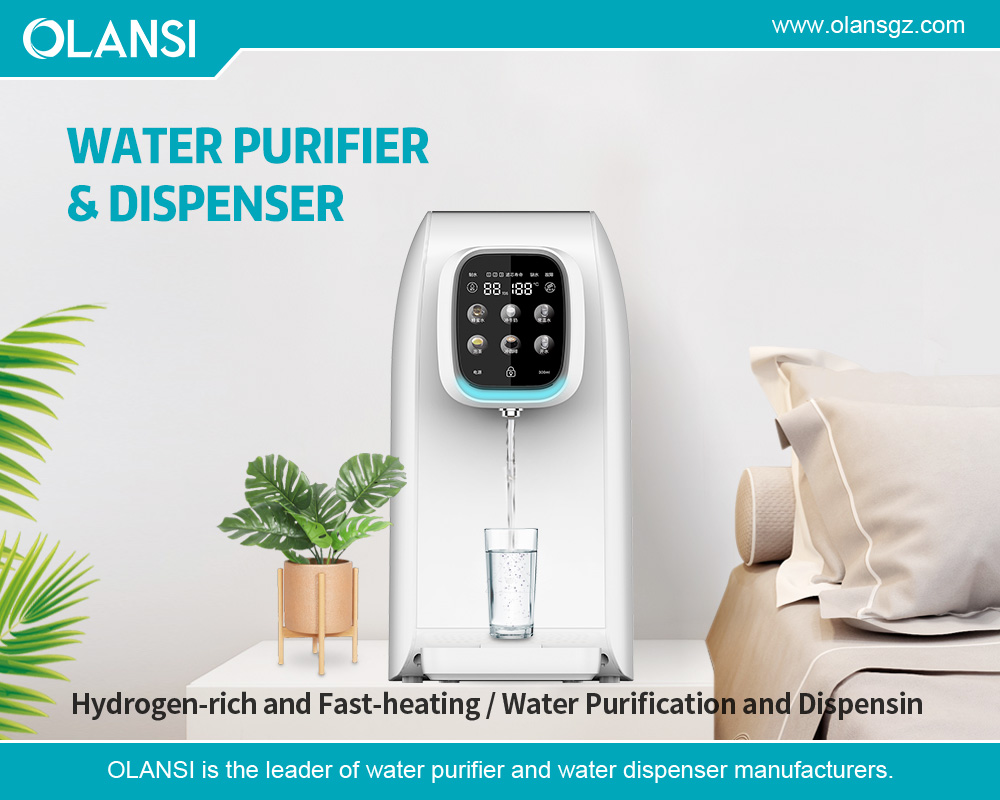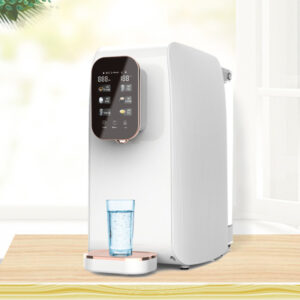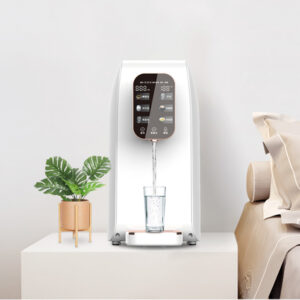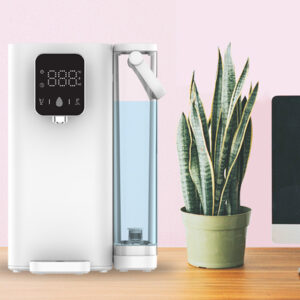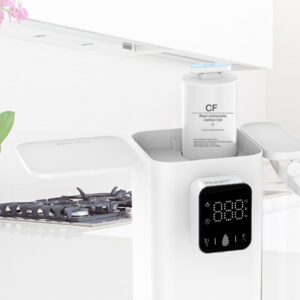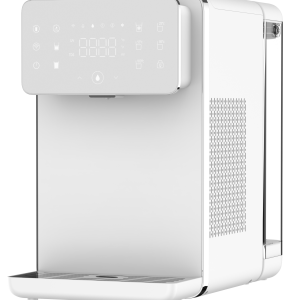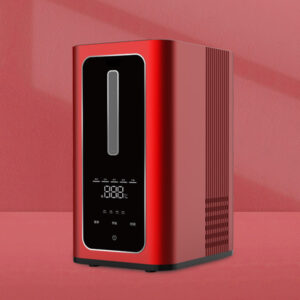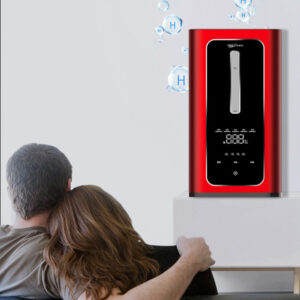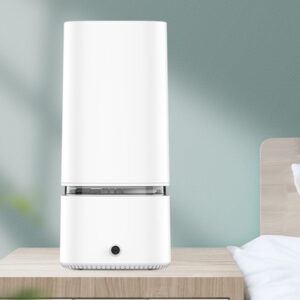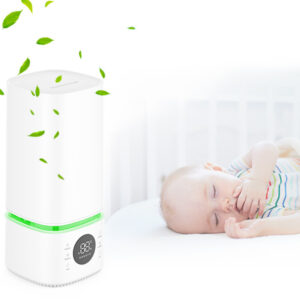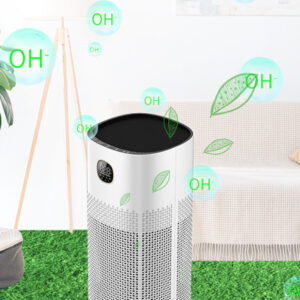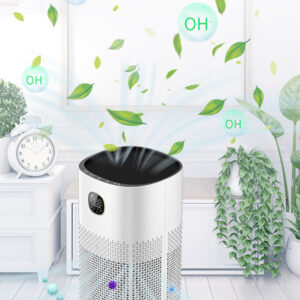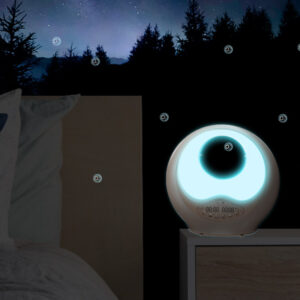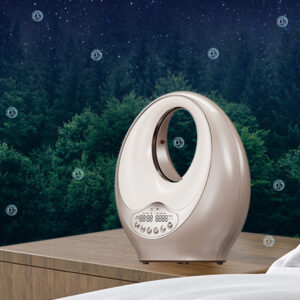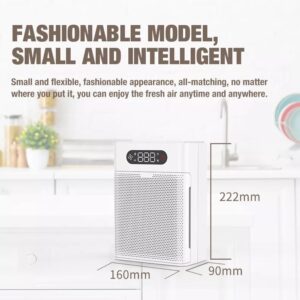What is the Best Water Purifier for Home Use?
What is the Best Water Purifier for Home Use?
Clean and safe drinking water is a fundamental necessity for every household. However, the quality of tap water can vary significantly depending on location and source, often containing impurities like bacteria, viruses, heavy metals, and chemicals that pose potential health risks. A water purifier is a device designed to remove these contaminants, ensuring water is safe and healthy for consumption. With numerous options available, selecting the best water purifier for home use can feel overwhelming. This article will guide you through the process by exploring the importance of water purification, the different types of purifiers, key factors to consider, and specific recommendations to help you make an informed decision.
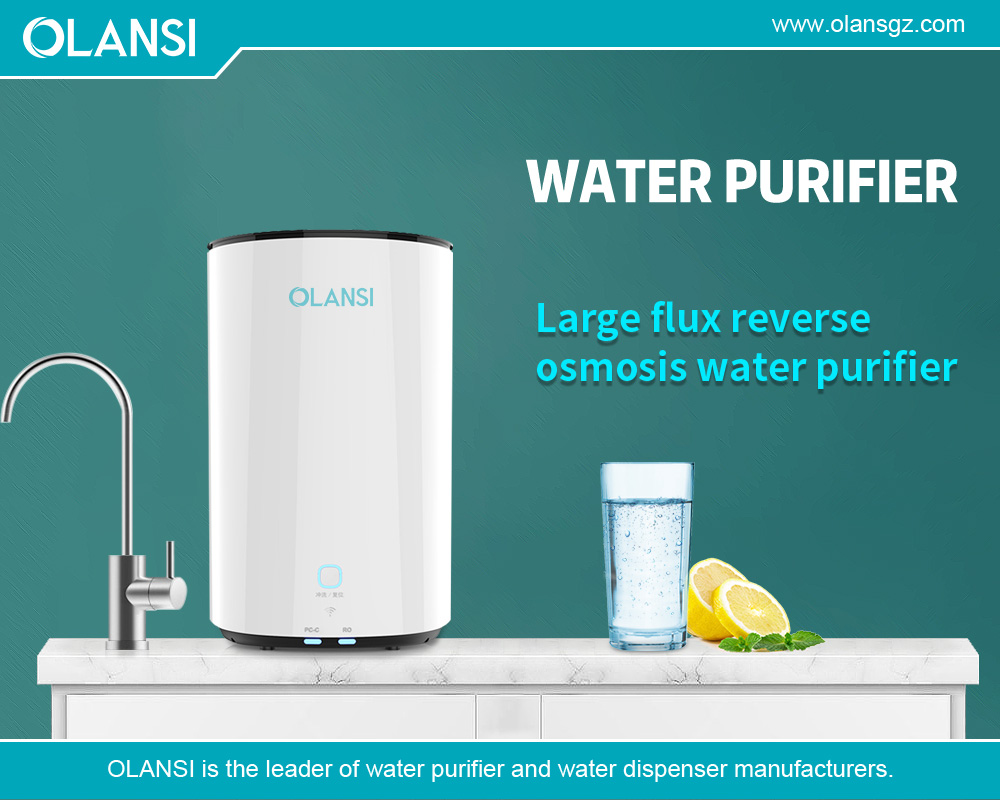
The Importance of Water Purification
Water is essential for life, but not all water is safe to drink. Even in developed countries where tap water is treated, impurities such as chlorine, lead, mercury, pesticides, and microorganisms can still be present. Over time, consuming contaminated water can lead to health issues, including gastrointestinal problems, reproductive difficulties, and even chronic diseases like cancer. Additionally, hard minerals can affect water’s taste and appearance, making it less appealing for drinking or cooking.
According to the World Health Organization, over 2 billion people globally use drinking water sources contaminated with feces, increasing the risk of diseases like cholera and typhoid. In the U.S., a study by the Environmental Working Group found an average of 267 chemicals in tap water, many linked to health concerns. Water purification systems address these issues by removing or reducing contaminants, delivering clean, safe, and great-tasting water to your home.
Types of Water Purifiers
Several types of water purifiers are available, each using distinct technologies to tackle different contaminants. Understanding these options is key to choosing the right one for your needs.
- Reverse Osmosis (RO) Purifiers
RO systems use a semi-permeable membrane to filter out impurities. Water passes through a pre-filter to remove large particles, then through the membrane, which blocks contaminants like heavy metals, salts, and microorganisms, allowing only water molecules through. The purified water is stored, while waste water is discarded. RO is highly effective, removing up to 99% of impurities, but it’s slow, may strip beneficial minerals, and wastes water during filtration.
Pros: Excellent at removing a wide range of contaminants.
Cons: Slow process, mineral loss, water wastage.
- Ultraviolet (UV) Purifiers
UV purifiers use ultraviolet light to neutralize bacteria, viruses, and other microorganisms by disrupting their DNA, preventing reproduction. Water flows through a chamber exposed to UV light, making it a fast, chemical-free process that doesn’t alter taste or odor. However, UV systems don’t remove chemical pollutants or heavy metals.
Pros: Quick, effective against biological contaminants, low maintenance.
Cons: Ineffective against chemicals or metals.
- Activated Carbon Filters
Common in pitcher filters and faucet attachments, activated carbon filters adsorb impurities like chlorine, volatile organic compounds (VOCs), and some heavy metals onto their porous surface. They’re affordable and improve water taste and odor but are less effective against bacteria or viruses and require regular filter replacement.
Pros: Cost-effective, enhances taste.
Cons: Limited contaminant removal, frequent filter changes.
- Distillation Systems
Distillation purifies water by boiling it and condensing the steam, leaving contaminants behind. It’s effective against bacteria, viruses, and heavy metals but is slow, energy-intensive, and may not remove all chemical pollutants. It’s less common for home use due to these drawbacks.
Pros: Broad contaminant removal.
Cons: Slow, energy-heavy, incomplete chemical removal.
- Ion Exchange Filters
These filters target specific contaminants, like heavy metals or hardness-causing minerals, by exchanging ions in the water with those on a resin. Often used in water softeners, they’re effective for specific needs but require resin maintenance and are typically paired with other methods.
Pros: Targets specific impurities.
Cons: Limited scope, maintenance-intensive.
Whole-House vs. Point-of-Use Purifiers
Water purifiers also differ by installation type:
– Whole-House Systems: Installed at the main water line, these purify all water entering the home, ideal for large households needing clean water for drinking, bathing, and laundry. They tackle sediment, chlorine, and hardness.
– Point-of-Use Systems: Installed at specific spots (e.g., kitchen sink), these focus on drinking and cooking water. They’re cheaper and easier to set up.
Your choice depends on whether you need comprehensive purification or just drinking water treatment.
Factors to Consider When Choosing a Water Purifier
Selecting the best purifier requires evaluating your specific needs. Here are the key factors:
- Water Quality
Test your tap water or review local water quality reports to identify contaminants. High heavy metal levels may require RO, while bacteria concerns might favor UV. - Household Size
Larger families need higher-capacity systems with faster flow rates or bigger storage tanks to meet demand. - Budget
Prices range from affordable pitchers to costly whole-house systems. Factor in initial costs and ongoing expenses like filter replacements. - Maintenance Requirements
Some systems need frequent filter changes or cleaning. Choose one that aligns with your maintenance capacity. - Specific Contaminants
Ensure the purifier targets your primary concerns (e.g., lead, fluoride). Certifications from NSF International or the Water Quality Association validate effectiveness. - Installation and Space
Consider available space and installation complexity. Under-sink units may need plumbing work, while pitchers are plug-and-play. - Environmental Impact
RO systems waste water, which may concern eco-conscious users in water-scarce areas. UV or high-efficiency RO options reduce this impact.
Recommendations for the Best Water Purifiers
Here are tailored suggestions based on common scenarios:
- For Large Families with High Water Usage
A whole-house RO system or high-capacity under-sink RO unit (e.g., APEC or Aquasana models) ensures ample purified water across multiple faucets. - For Small Apartments or Limited Space
Compact options like countertop UV purifiers or pitcher filters (e.g., Brita, ZeroWater) are portable and easy to use. - For Budget-Conscious Consumers
Activated carbon pitcher filters or faucet attachments offer affordable purification with minimal upkeep. - For Specific Contaminant Removal
Certified RO systems tackle heavy metals, while specialized carbon filters address VOCs. Check product specs for targeted removal. - For Eco-Friendly Options
UV purifiers or high-efficiency RO systems minimize waste. Look for recyclable filters too.
Popular Brands
– Brita: Affordable pitchers and faucet filters.
– Aquasana: Whole-house and under-sink solutions.
– Berkey: Portable, gravity-fed countertop units.
– Culligan: Broad water treatment options.
– APEC: High-quality RO systems.
Common Misconceptions About Water Purification
- Boiling Water is Sufficient
Boiling kills germs but leaves chemicals and metals behind. - Bottled Water is Always Safer
Bottled water isn’t always purer and has environmental and cost drawbacks. - All Purifiers are the Same
Technologies vary, so match the purifier to your needs. - Purified Water Lacks Minerals
Some systems remove minerals, but many add them back, and diet typically provides enough.
Environmental Impact of Water Purifiers
RO systems can waste several gallons per gallon purified, a concern in water-scarce regions. UV purifiers avoid this, and high-efficiency RO models reduce waste. Proper filter disposal also prevents pollution.
Maintenance of Water Purifiers
– Filter Replacement: Change every 6-12 months per manufacturer guidelines.
– Cleaning: Regularly disinfect storage tanks to prevent bacteria.
– Servicing: Annual professional checks for complex systems.
Neglecting maintenance risks reduced performance and contamination.
Benefits of Using a Water Purifier
– Health: Reduces waterborne disease risks.
– Taste: Improves flavor and smell.
– Savings: Cheaper than bottled water long-term.
– Environment: Cuts plastic waste.
– Convenience: Easy access to clean water.
Water Purifiers in Emergency Preparedness
During disasters, portable purifiers or systems with storage tanks ensure safe water when supplies falter.
Comparison of Water Purifier Types
| Type | Pros | Cons |
|——————–|————————————|————————————-|
| RO | Highly effective | Slow, wastes water, removes minerals |
| UV | Fast, germ-killing | No chemical/metal removal |
| Activated Carbon | Cheap, taste improvement | Limited scope, frequent changes |
| Distillation | Broad removal | Slow, energy-heavy |
| Ion Exchange | Specific targeting | Maintenance-heavy, narrow focus |
Tips for Using and Maintaining Your Water Purifier
– Follow installation and maintenance instructions.
– Replace filters on schedule.
– Clean regularly to avoid buildup.
– Monitor water quality for changes.
Frequently Asked Questions
- How often should I replace filters?
Every 6-12 months, depending on usage and manufacturer advice. - Can I use a purifier with well water?
Yes, but test the water and choose a suitable system. - Do purifiers remove fluoride?
RO systems can; UV and basic carbon filters cannot. - Is purified water safe for babies/pets?
Yes, though RO water for infants may need remineralization. - Can I install it myself?
Point-of-use systems often allow DIY; whole-house may need pros.
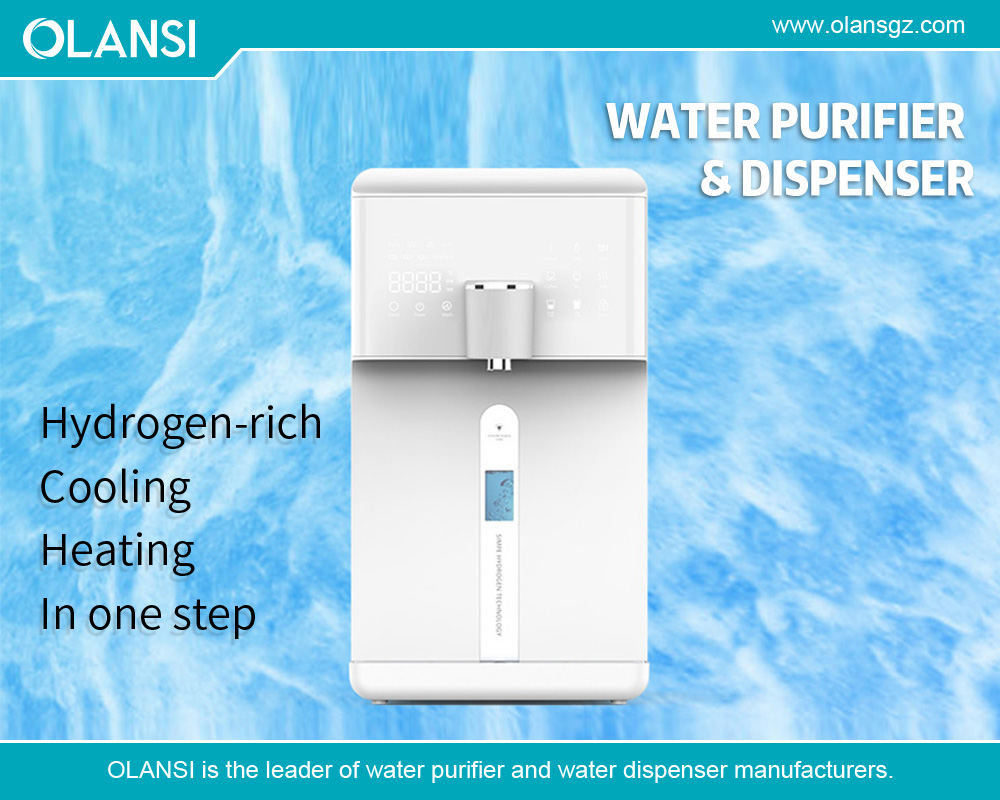
Conclusion
Choosing the best water purifier for home use hinges on understanding your water quality, household needs, and budget. From RO’s comprehensive filtration to UV’s germ-killing efficiency, each type offers unique benefits. By weighing factors like contaminant types, maintenance, and environmental impact, and considering recommendations like Brita for simplicity or Aquasana for whole-house needs, you can find the perfect fit. Clean water isn’t a luxury—it’s a health necessity. Invest in a purifier that meets your specific requirements and enjoy safe, delicious water every day.
For more about what is the best water purifier for home use, you can pay a visit to Olansi at https://www.olansgz.com/best-top-10-water-filter-manufacturers-and-companies-in-usa/ for more info.


